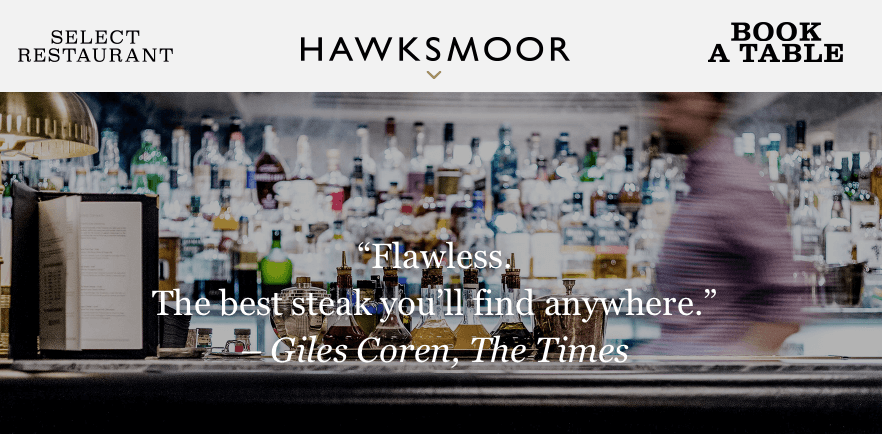But why and what role is marketing communications playing?
As the roles in what “was” traditional human resources evolve further, we see the parallel evolution of what I’m calling “internal comms”. These are the marketing practitioners who focus their skills on employee engagement, talent acquisition, change management, brand development, and the list goes on.
These are the champions who work with corporate communications specialists, who focus on investor relations and CSR; as well as external facing brand and marketing specialists, who focus on connecting with customers and markets for commercial success; and with HR colleagues, who are driving employee engagement across the entire employee & employer relationship.
Phew! A lot to ask.
So how exactly is internal comms evolving?
Peter Cheese, Chairman of the CIPD, gave us some context at a London HR Connections event back in January of this year.
He said we were at an inflection point in business thinking, and it’s the most exciting time for HR. He also said we need a bonfire of HR policies and to look at employee engagement differently.
He was talking about the changes in how we work, where we work and the scope of our roles. So with more virtual working, networked business models and even brand partnerships, the landscape for the internal communications role is facing a revolution.
But marketing disciplines are changing too and this is where our internal comms heroes can steal the lead in this revolution.
The age of the company intranet is over. Sharepoint, Yammer, GoogleDocs, and even our favourite emojis on IM are all changing the way we align and engage with our colleagues and the employer / employee relationship.
Internal comms practitioners are at the heart of this revolution and are able to engage with performance data, behavioural economics and organisational design.
These are the individuals who are networked into the data scientists supporting corporate communications analyst-packs; as well as the marketing and design agencies that are delivering cut-through campaigns for customers; and the IT infrastructure teams that are helping HR connect with every single employee.
Theirs is the little black book worth having; and you can bet your bottom dollar that, for them, it’s no longer about newsletters and the company intranet. Now it’s all about well designed messaging that supports a fully integrated campaign across multiple platforms and metrics.
Take a second look at your internal comms people, they’re an asset worth knowing for the future.



